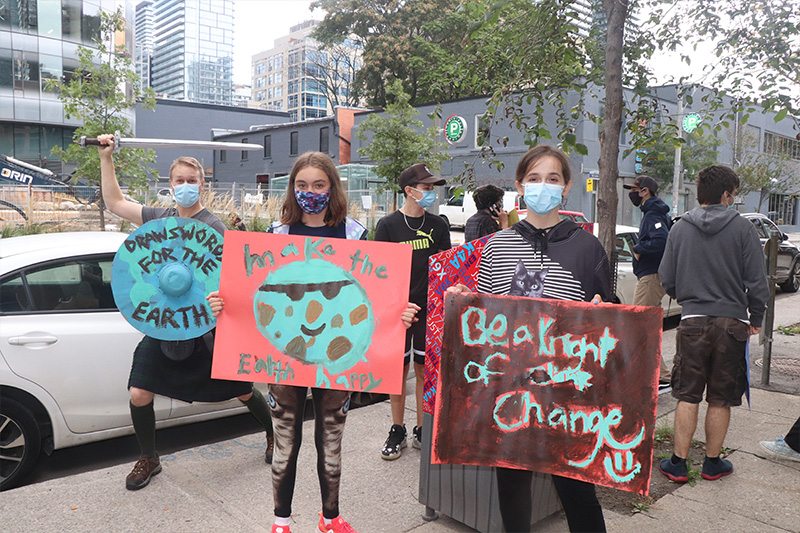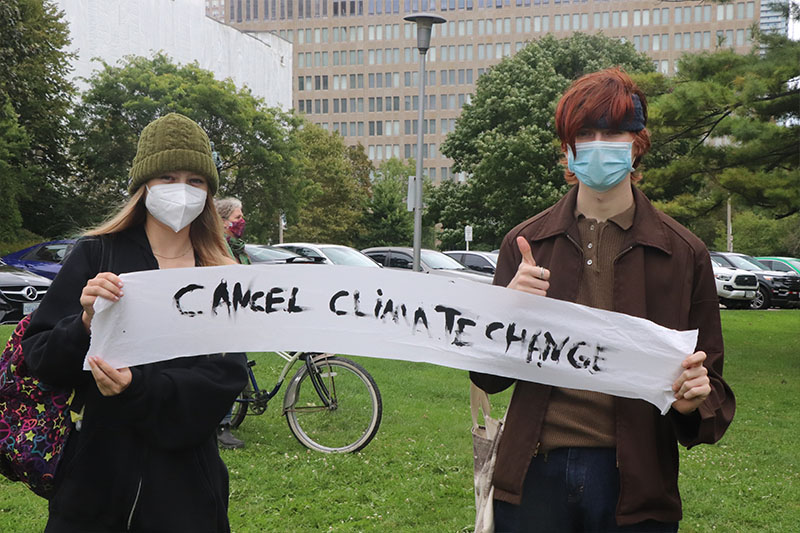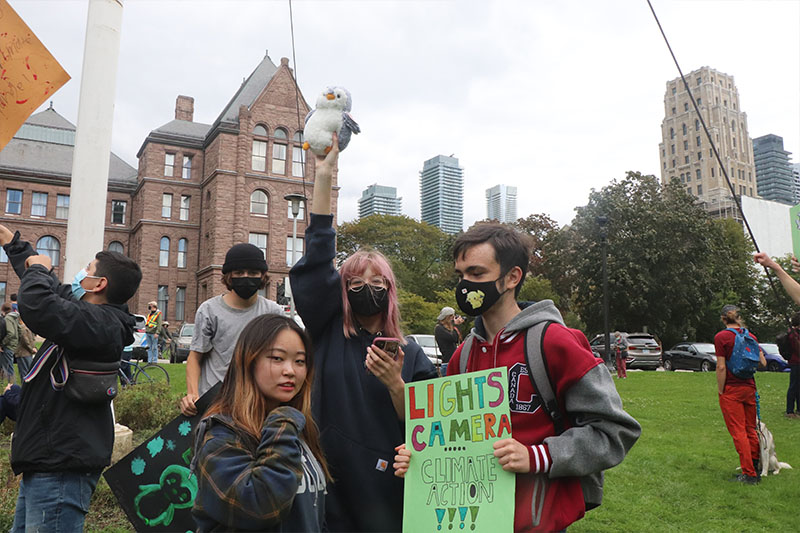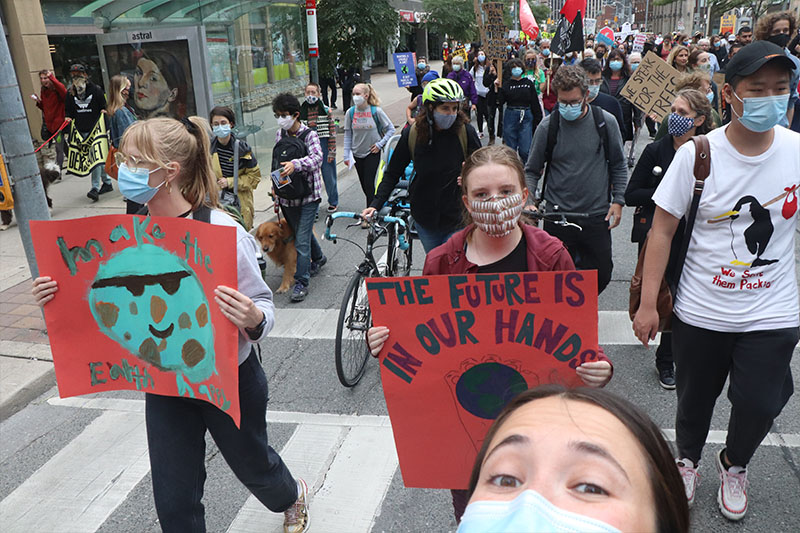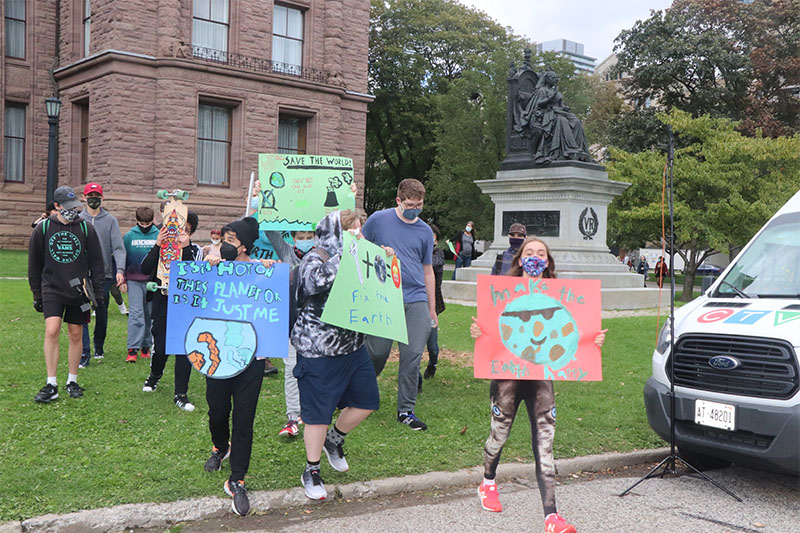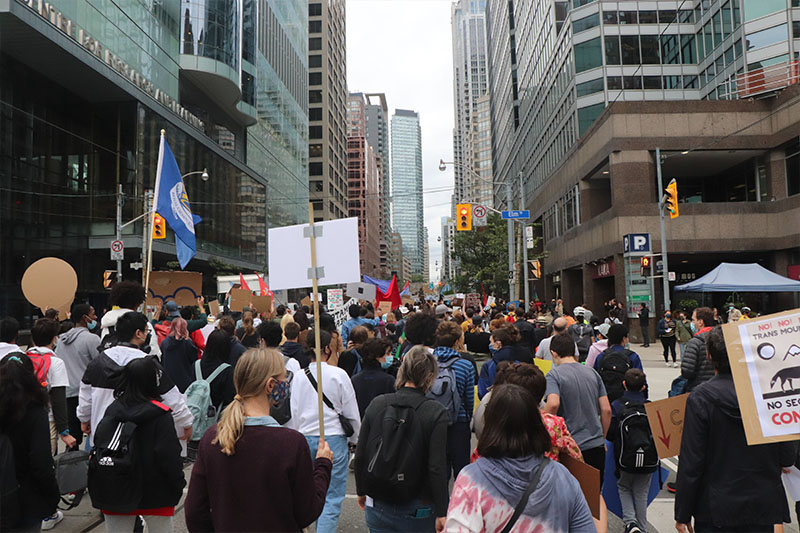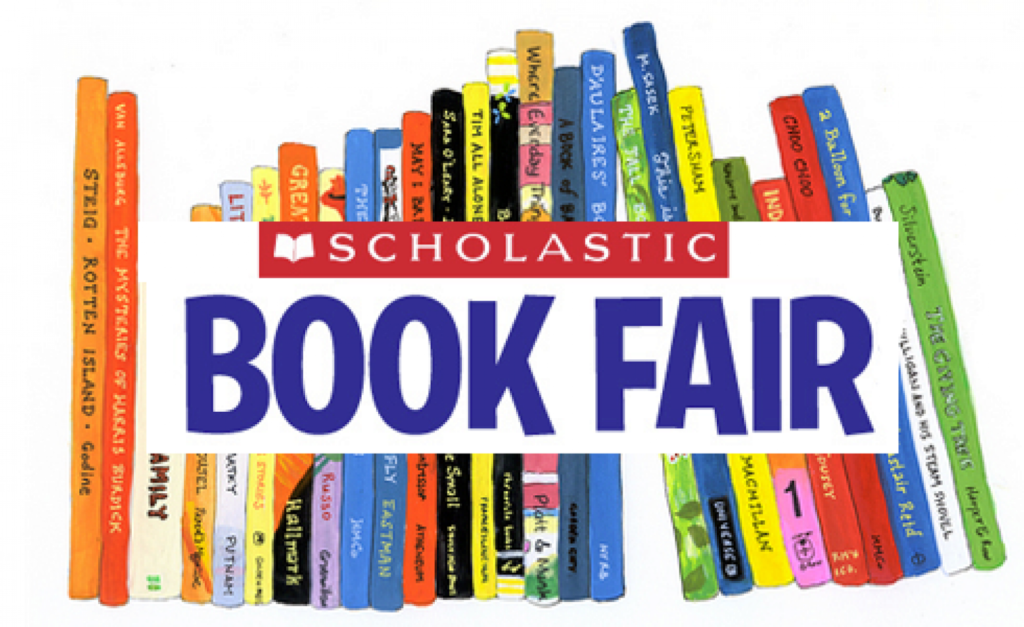One of the newer extracurricular opportunities at the YMCA Academy is our school’s very own Jack Chapter. This high school leadership club was formed in March 2023, and is part of the national network of youth-led groups supported by the Jack.org Chapter program. Jack chapters work “to identify and break down barriers to positive mental health and make concrete change in their communities across Canada.”
On Wednesday, October 11, in honour of World Mental Health Day (October 10), the Academy Jack chapter put on an assembly for the rest of the high school, with help from some students in the senior Personal Fitness/Healthy Active Living class. Here is what the club has written about the day:
The Jack Club is an awesome student-led club, filled with students who spread mental health awareness in everyday life. The main goal of the club is to reduce stigma and increase students’ toolkit of mental health strategies.
The Jack Club planned and put on a mental health assembly a couple of weeks ago. The planning phase involved a lot of problem solving, a lot of opinions, and the use of different organizational skills. The assembly featured both Jack club stations — a hygiene and self-care presentation, an art relaxation station, and a snacks room — and workshops on mental health and food, fitness, and outdoor activities from Jessamyn’s Personal Fitness students. These were followed by a game of Jeopardy.
Students had an opportunity to step into the teachers’ shoes and practice classroom management skills when leading the presentations. Overall the assembly was a fun time; students were eager to participate with some being overly competitive. Jeopardy was hard but exciting. Students were able to answer questions and gain points at the end of the assembly. There was a face off for final Jeopardy between seven students. Three of the final contenders got the question correct (“What is stigma”) and won prizes for their team. The prizes consisted of games, treats, notebooks, stickers, and fidget toys, with the squishy fidget balls being the most popular prize.
Shout out to the Jack members: Evelyn, Maiko, Charlie C., Ella, Fenn, and Ryla, with honourable mentions to Jasper, Lucas M., and Gabby. And thank you to the students in Jessamyn’s fitness class for helping us put together an awesome assembly.
-Katie F and Lareesa










